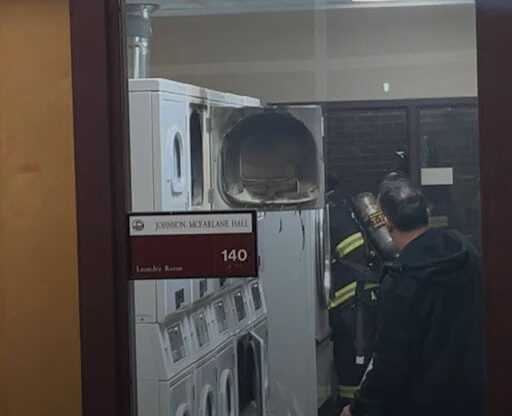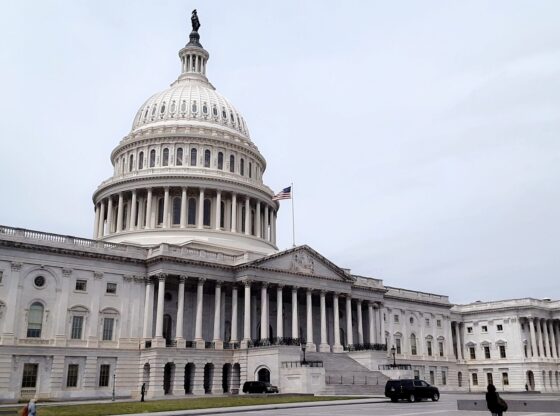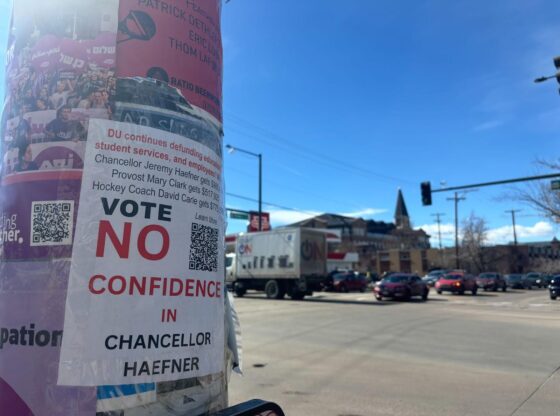The issue of vaping in middle schools and high schools nationwide is a relatively new issue but one that has taken center stage with surprising speed. Schools have reported high percentages of kids in this age group using e-cigarettes, and both the Wall Street Journal and The New York Times released in-depth stories last week about the topic. There are both known and unknown health effects of e-cigarettes— lung disease and harms from nicotine have already been studied extensively, but health effects from flavorings and other ingredients have not— and though older people can make the decision to vape for themselves, there is cause for concern when it comes to kids under 18. Asking schools to take time out of the day to enforce vaping rules is not a good answer to the problem of students vaping on school property and in class—instead, we should be making sure that it is prohibitively difficult for kids to see advertising and buy products.
E-cigarettes heat liquid into an aerosol to be inhaled and produce very little scent—researchers generally considered vaping safer than smoking traditional cigarettes, and many large e-cigarette companies (such as industry leader Juul) advertise the devices as a way to help smokers quit. They are, however, still considered tobacco products because they contain high amounts of nicotine, derived from tobacco. Additional concerns also arise over the presence of carcinogenic compounds that form when the liquid is heated, and researchers are still unsure of what long-term health effects may be. According to the U.S. Surgeon General analysis, usage is currently higher among high school students than adults. It is true that vaping has notable benefits over cigarettes, but they also may be leading many more young people toward nicotine addiction.
Juul has expressly stated that its products are not intended for kids, and yet, in 2016, the Centers for Disease Control (CDC) reported that many advertising campaigns were targeting young people. The CDC survey found that two thirds of kids had seen e-cigarette advertising and that e-cigarette companies have increased spending on advertising and online presence. As described by a ScienceNews article from March, e-cigarette advertising often includes bright colors, cartoons and celebrity endorsements. Direct marketing of traditional cigarettes towards teens has been banned since 1988, though these rules do not apply to the vaping industry. Despite what companies like Juul may say, high numbers of kids are seeing advertising that does seem intended for them.
Accounts from middle and high schools across the country explain how teachers and faculty are dealing with the in-school vaping explosion—suspensions and confiscations are common, and some schools have started placing bathroom monitors at the doors of bathrooms. Clearly, enforcing these rules is distracting during the school day and annoying for kids who want to go to the bathroom without sidling past a door monitor. Asking schools to teach lessons on health risks also probably isn’t helpful—likely a reason kids vape is to be a bit rebellious. Ultimately, though, it shouldn’t even be the responsibility of schools to take even more time out of the day to address this issue.
Instead, e-cigarette companies should take most of that responsibility by not advertising to kids and by making it more difficult for kids to get their hands on their products in the first place. Nicotine and other chemicals have harmful effects especially on young people, and advertising to this age group should face the same restrictions that normal cigarettes do. This is an easier goal to accomplish than preventing purchase—e-cigarettes are available in convenience stores everywhere. Easy access is a good thing for adults who now can use devices that don’t produce secondhand smoke and may be a better alternative, but it is a less good thing for the huge numbers of kids now using products containing high levels of nicotine.
Schools will, no doubt, still have to confront this issue daily for the time being, and teaching kids about the health harms of vaping may be necessary, but the issue should be most seriously addressed by e-cigarette companies themselves. The point is not to rail against vaping in general, it is to ask companies not to target to customers who aren’t even able to legally buy their products yet.











